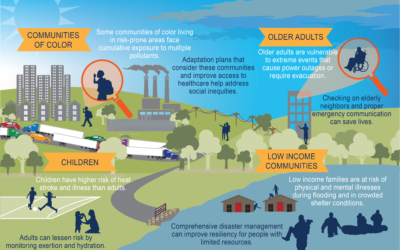Food is one of the central themes around many cultures. It is considered a way of expression, showing love and sharing community. Often the very thought of food gets your mouth watering.
We produce tons of food, keep high stacks of it at home, and sometimes our eyes are bigger than our stomachs – and that can cause problems.
This is where activist Rob Greenfield comes into play. He is an inspiring figure who takes food waste pretty seriously. This guy biked across America and went dumpster diving to raise awareness of food waste.
He started his journey in 2011, learning like most individuals: he read a lot of books and watched a ton of documentaries on the issue. His passion and knowledge has grown tremendously since then; he even wrote a book titled “Dude Making a Difference.”
The founder of Better World International, Pawel Nazaruk had a chance to interview Greenfield about food waste and was provided some great insights.
In America we throw away about $165 billion in food per year according to Rob. He pointed out:
“We waste enough food to feed an entire American population, around 320 million people.”
This is a lot of food, don’t you think? You might wonder: where is all this waste coming from? According to Rob, food waste is happening everywhere pretty much where food exists. Starting from individuals, farmers, schools, even that fancy (or not so fancy) restaurant where you ate last night is wasting food.
In our previous article, we wrote about how restaurants can cut back on their waste.
Further discussion unveiled that a significant amount of waste comes from farmers – yes, farmers, you’ve read it right. Although farmers produce the food, they have to sell it to a distributor, most likely to grocery stores.
Aesthetics play a major part in our society and food is no different. According to Rob
“Grocery stores have ridiculously high cosmetic standards for food and when something doesn’t just look right, grocery stores won’t accept it.”
For this reason, farmers are forced to throw the rejected products away.
The average American wastes about 30% of the food that they purchase. The good news is that with minimal effort we can achieve extraordinary results. Rob believes that “zero food should be thrown in the garbage, zero food should be at the landfills” and we can help make this a reality.
How can we reduce food waste?
Rob gave us some cool tips to help us reduce our habit of throwing food away.
Those who are serious about the issue should lead by example. One way is grocery shopping more frequently throughout the week, and buying only what you will use in a couple of days.
Growing your own is also a viable option, because if you produce your food, you will appreciate it more and be less likely to waste it. Community gardens can be a fun and effective way to do that, learn more on how to start one here.
Another solution to get rid of leftover food is to share it. No one turns down a good meal and you can increase your popularity amongst your friends. Organize a dinner party for your group or simply invite a friend over to have a nice lunch together.
Lastly buy local and support local farmers or the farmer’s market. Since these farmers are connected to the community, they are much more likely to only produce what they will be able to sell. This lowers the possibility of overproduction leading to throwing perfectly good stuff away.
Advanced tips
If you want to take your action to a higher level, you should contact your local grocery store to encourage them to donate extra products to Food Rescue programs and Food Banks. The best way is to talk to them in person. The employees of the grocery store aren’t bad guys, they simply may not know what they can do.
A common belief is that grocery stores can be held liable if they give food away. This is simply not the case as the Good Samaritan Food Donation Act passed in 1996 allows grocery stores to donate to non-profits and be free of all liability. A study also highlighted that no grocery store has ever been sued due to donating food.
If you are committed, and ready to take on more responsibility, you can start your own Food Rescue program. First you need to start a non-profit organization, setup relationships with the grocery stores and find places to bring the food to, such as shelters. For more details check out Rob’s website here.
Food waste is a growing problem that will only get worse if action isn’t taken. By changing your routine and embracing the habits above it can help thousands receive food that otherwise may have been wasted.
If you want to learn more about Rob’s exciting projects, check his website and Facebook page.
To keep updated on world-changing ideas, sign up for our newsletter!




0 Comments